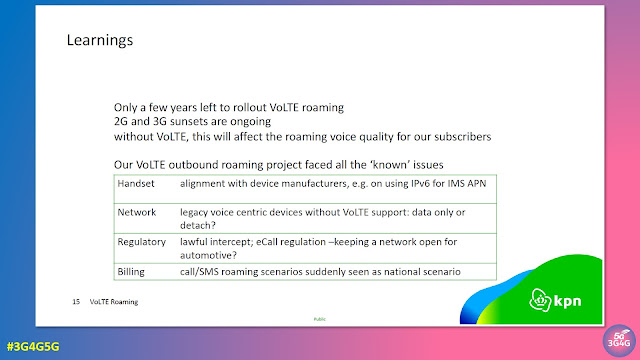As 5G evolves and the number of deployed IoT devices increases globally, efficient and reliable network selection becomes ever more critical. Particularly for stationary devices deployed in remote, deep-indoor or roaming environments, traditional selection mechanisms have struggled to provide robust connectivity. This has led to operational challenges, especially for use cases involving low-power or hard-to-reach sensors. In response, 3GPP Release 18 introduces a new capability under the SA2 architecture work, Signal level Enhanced Network Selection (SENSE), designed to tackle this exact issue.
In today’s cellular systems, when a User Equipment (UE), including IoT modules, switches on or recovers from a loss of coverage, it performs automatic network selection. This typically prioritises networks based on preferences such as PLMN priority lists and broadcast cell selection criteria, while largely ignoring the actual signal strength at the device’s location. This approach works reasonably well for mobile consumer devices that can adapt through user movement or manual intervention. However, for stationary IoT UEs, which are often unmanned and deployed permanently in locations with limited or fluctuating radio conditions, this method can result in persistent suboptimal connectivity.
The issue becomes most evident when a device latches onto a visited PLMN (VPLMN) with higher priority despite poor signal quality. The UE might remain connected to this weak network, struggling to maintain bearer sessions or repeatedly failing data transfers. These failures often go undetected by the operator's monitoring systems and may require expensive manual intervention in the field. The cumulative impact of such maintenance activities adds significantly to operational expenditure, especially in mass-scale IoT deployments.
SENSE aims to fix this problem by making signal level an integral part of the automatic network selection and reselection process. Rather than simply following preconfigured priority rules, UEs enabled with SENSE will now assess the received signal quality during network selection. This allows them to favour networks that offer stronger and more stable radio conditions, even if they have lower priority, when such conditions are essential for reliable connectivity.
The capability is particularly targeted at stationary IoT UEs that support NB-IoT, EC-GSM-IoT, or LTE Cat-M1/M2. These devices are often used in applications such as water level monitoring, power grid sensors, and remote metering, installations where physical access post-deployment may be difficult or even infeasible.
To implement SENSE, the Home PLMN (HPLMN) can configure the UE to apply Operator Controlled Signal Thresholds (OCST) for each supported access technology. These thresholds are stored within the USIM and define the minimum signal quality required for a network to be considered viable. The OCST settings can be provisioned before deployment or updated later via standard NAS signalling mechanisms, including the Steering of Roaming (SoR) feature.
When a SENSE-enabled UE attempts to select a network, it checks whether the signal level from any candidate network meets or exceeds the configured OCST for its supported radio access technologies. If it does, the UE proceeds to register with that PLMN. If no suitable network meets the signal thresholds, the UE falls back to the legacy selection process, which excludes signal strength as a factor. This dual-iteration method ensures backward compatibility while enabling more robust performance where SENSE is supported.
Additionally, SENSE influences periodic network reselection. If the average signal quality from a registered PLMN drops below the OCST threshold over time, the UE will proactively seek alternative PLMNs whose signals meet the configured criteria. This continuous evaluation helps avoid long-term connectivity issues that may otherwise remain unnoticed.
SENSE is not intended to disrupt roaming steering or PLMN preferences altogether. Instead, it introduces a smart, context-aware filter that empowers the UE to make better decisions when radio conditions are poor. By integrating signal level awareness early in the selection logic, operators gain a powerful new tool to reduce failure rates and minimise costly field maintenance.
As the IoT landscape expands across industries and geographies, features like SENSE will play a vital role in supporting dependable, scalable and autonomous deployments. In Release 18, 3GPP has taken a meaningful step towards improving network availability for devices that need to just work, no matter where they are.
Related Posts:
- The 3G4G Blog: 3GPP Release 18 Description and Summary of Work Items
- The 3G4G Blog - 5G-Advanced Store and Forward (S&F): Enabling Resilient IoT Communications via Satellite
- The 3G4G Blog: Low Latency Power Saving with Low Power-Wake Up Signal/Receiver (LP-WUS/LP-WUR)
- The 3G4G Blog: Small Data Transmission (SDT) in LTE and 5G NR
- The 3G4G Blog: Mobile Initiated Connection Only (MICO) mode in 5G System
- The 3G4G Blog: Introduction to 5G Reduced Capability (RedCap) Devices
- The 3G4G Blog: Are there 50 Billion IoT Devices yet?
- Connectivity Technology Blog: Is LTE Cat 1bis Uniting the Fragmented Cellular IoT Market?
- Connectivity Technology Blog: Would NR-Light (RedCap) succeed LTE Cat-1bis and Cat-4 for Internet of Things Devices?



































